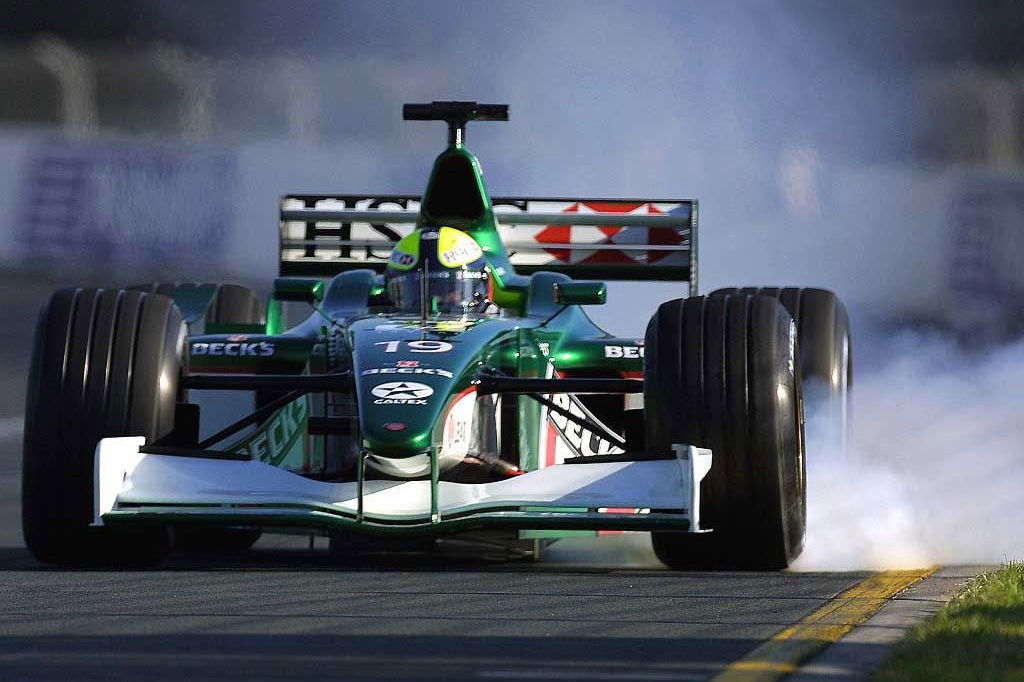How to drive it 20 yards further
Key to length is in the backswing

The simple answer to the often posed question "How do I add 20 yards to my driving?" is to buy a harder ball or get your hands on a longer-shafted new-fangled driver.
Both will cost you money and in the case of the driver, probably more than you can afford.
So here’s a way to add extra yards to your Sunday best for free – though at around £40 an hour you can employ the services of your local pro, but he or she will probably tell you much the same thing.
First, you do have to have a certain amount of natural talent, a lot of patience and a reasonable degree of flexibility. This may hurt a little – not only mentally but physically.
Solidify your stance
With the length that you need to swing the driver around your body you need a firm foundation. That means set your feet apart a little wider than you would for a normal shot with a mid-iron. The soles of your feet should be balanced not too much on the toes or the heels but athletic as if waiting to receive a serve in tennis.
Ball position; tee it up
For a right-hander, just inside the left heel will do nicely but with the ball teed up, so that (looking from behind the target line) half of it shows above the clubhead. You’re looking to hit the ball slightly on the up so the bottom of your swing needs to be slightly behind the ball. Move your hands in line with just behind the ball at address; this will help.
Take it away wide
Longer drives come from a wide take-away. We don’t want to be folding our arms too soon as we take the club back. The wider the arc we create the more effortless the swing; the longer the ball will carry when flush off the club face.
But don’t just do this manoeuvre with your arms. Concentrate on turning the right shoulder away on the inside of the swing. Imagine someone is standing behind you tugging a loose thread towards them at the ‘T’ point where the sleeve seam meets the shoulder seam.
Complete your backswing
Colin Montgomerie hits the ball long when he needs to, with little apparent effort and his key thought is to ‘complete his backswing.’ Failure to do so usually results in a steep chop at the ball. It may fly high but it won’t fly far.
Follow through is crucial
If you’re looking for a punchy straight one up the fairway, curtail your follow through but if distance is what you’re after - let it flow. A high, well-balanced follow-through, will usually result in an extra few yards of flight and distance. And up on yours toes you get a better view of where it finishes!
Concentration, concentration
Finally think about what you’re trying to achieve – bringing a par-5 within reach in two shots, carrying a crucial bunker or merely looking for a confidence boost. Settle your mind on the job in hand, pick a target spot in the distance, relax and let it rip.
Article first published May 2003, updated April 2013

